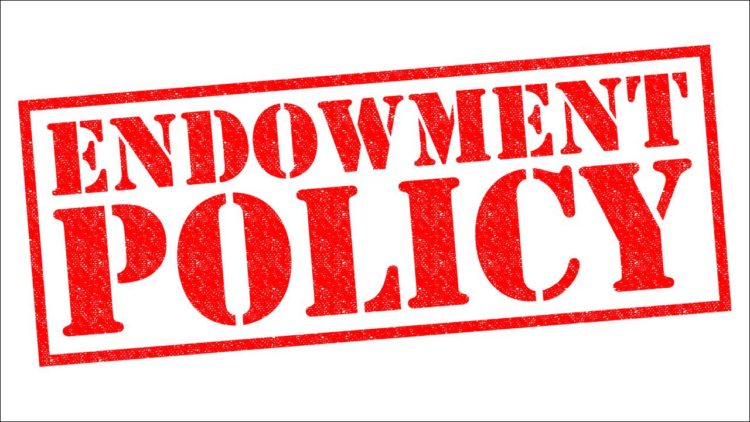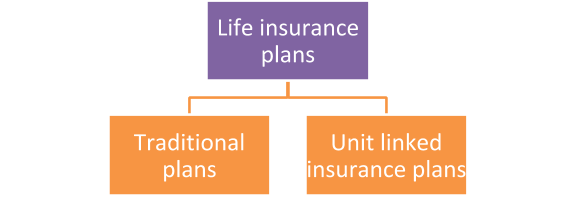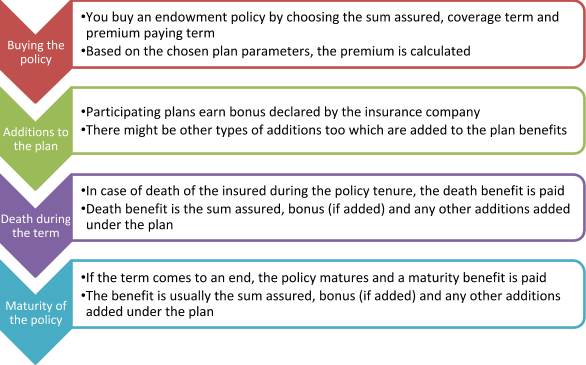Traffic rules and guidelines are determined by the Motor Vehicles Act, 1988. The Act states the rules for all types of vehicles which run in India. One such rule of the Act is that every vehicle should have a third party insurance cover on it. Only if the vehicle has a valid insurance cover can it run on Indian roads? If you have a car you would also need a valid third party insurance cover on it. While many of you understand that the cover is necessary, do you understand the coverage benefits of third party insurance?
If you don’t, here’s a detailed analysis of third party car insurance plans –
What is a third party insurance policy?
A third party insurance policy is a mandatory motor insurance policy which covers any type of third party losses which are caused by the car. The policy covers the losses and pays the financial liability which is suffered by the car’s owner.
How does third party insurance work?
Under a third party insurance policy, three parties are involved which are as follows –
- The first party which is the car’s owner who buys the plan
- Second-party is the insurance company which covers the risk
- Third-party is any other individual other than the first and second parties
The owner buys a third party liability cover from the insurance company. The company promises coverage against third party liabilities. When the owner suffers a third party liability, the insurance company is intimated of the claim. The insurance company then pays the aggrieved third party the loss that he/she suffers.
Types of third party insurance plans
Third-party insurance plans can be of the following types depending on the vehicle that they cover –
- Third-party car insurance plans cover private cars
- Third-party two-wheeler insurance plans cover privately-owned two-wheelers
- Third-party commercial vehicle plans cover vehicles which are used for commercial nature including, but not limited to, taxis, commercial two-wheelers, tempos, trucks, lorries, etc.
Features of third party car insurance plans
Third-party car insurance policies have the following salient features –
- The policy covers only the damages suffered by third parties. If the car itself suffers any type of damage, the same would not be covered under the plan
- The premiums for third party plans are determined and fixed by the Insurance Regulatory and Development Authority of India (IRDAI). The premiums are, therefore, fixed across all insurance companies
- The premiums for third party car insurance plans depend on the engine capacity of the car
- The premiums are not fixed. They might change any time as per the IRDA’s discretion
- Third-party plans are the cheapest car insurance plan available in the market
- Physical injury and death are covered for an unlimited amount. The insurance company would pay the claim as directed by the claims tribunal
- In case of property damage claims, the liability of the insurance company is limited to INR 7.5 lakhs
What does third party insurance cover?
Coverage under a 3rd party insurance policy includes the following –
- If the car kills an individual, the vehicle owner faces a financial liability for the loss of life caused due to his car. The third-party insurance policy covers this loss
- If the car physically injures or hurts any individual, the car’s owner faces a financial liability for the physical injury caused. This liability is covered under 3rd party insurance plans
- If the car damages any property which belongs to any other individual, the vehicle owner is financially liable to compensate the individual for the loss of property. This financial liability is covered under third party plans
Besides these third party liabilities, the plan also covers the owner/driver of the car against accidental contingencies. There is a mandatory personal accident cover under third party car insurance plans. Under this personal accident cover, accidental death or permanent disablement is covered.
What is not covered under third party insurance?
Third-party car insurance plans do not cover the following –
- Damages suffered by the car itself
- Damages caused by the influence of drugs and/or alcohol
- Deliberate losses caused to third parties
- Liability suffered when the car is being driven outside India or without a valid driving license
- Any type of contractual liabilities
- Damages suffered due to war and nuclear perils
- Liability suffered when the car’s usage limitations were violated
Premiums of third party car insurance plans
As stated earlier, premiums of third party liability plans are fixed by the IRDAI and reviewed every financial year. The premiums which are applicable currently for the financial year 2019-20 are as follows:
| Cubic capacity (cc) of the car | Premium rate |
| Up to 1000 cc | INR 1850 |
| More than 1000 cc but below 1500 cc | INR 2863 |
| More than 1500 cc | INR 7890 |
Benefits of third party car insurance plans
Though third party car insurance plans are mandatory by law, they have various benefits too. These benefits include the following:
- The plan helps you avoid legal hassles and penalties which occur when you are caught driving without a valid cover
- The financial liability which you would face in an unfortunate death of another individual could go up in lakhs. Since the policy covers such liabilities, it gives you financial security
- The plan has very low premium rates and is, therefore, easily affordable
Difference between private and commercial third party insurance plans
As mentioned earlier, third party insurance plans are available for both private as well as commercial vehicles. However, the plans are different in various respects. The differences are as follows –
| Points of difference | Third-party coverage on private vehicles | Third-party coverage on commercial vehicles |
| Types of vehicles covered | Cars and two-wheelers are covered under these plans | Trucks, lorries, taxis and other passenger and goods carrying vehicles are covered |
| Premium amount | The premium amount is lower | Premium rates are higher |
How to buy 3rd party car insurance plans
Buying third party insurance plans for a car can be done online through Turtlemint. Turtlemint gives you the facility of comparing different third party plans and then choose the best plan. You can also get guidance on buying the best policy as well as assistance at the time of claims. Turtlemint, therefore, helps you choose the best third party cover for your car. The process is simple and is as follows –
- Visit Turtlemint’s car insurance page at https://turtlemint-stage.dreamhosters.com/car-insurance
- Enter in your car’s registration number and click ‘Find Plans’
- You would also have to enter the details of your car like the make and model, manufacturing year, fuel type, variant, type of policy that you previously owned and your contact details
- Once all the details are entered you can click ‘Submit’ and the next page shows you the list of available plans
- Choose ‘TP liability’ to view some of the best third party plans for your car
- Compare the coverage benefits of the plans and choose the plan which offers the best coverage features
- Pay the premiums online and your car insurance policy would be issued
Simple, isn’t it?
You can also buy third party car insurance online through the website of the insurance company but then you lose the benefit of comparing. Comparing lets you choose a plan which has the most inclusive coverage features and the insurance company which has the best garage network for cashless claims. So, buying through Turtlemint is a wiser alternative.
Making a claim under third party insurance
Claims under third party insurance plans are handled by the Motor Accidents Claims Tribunal (MACT). The process is as follows –
- You have to file a police FIR after the claim occurs
- Also, inform the insurance company immediately of your claim
- The claim would be taken to MACT where the ruling for the claim amount would be given
- As per the ruling of MACT, the insurance company would pay the claim directly to the third party. You wouldn’t have to shoulder the financial burden yourself
Various documents are also required for making a third-party claim. These documents include the following –
- Police FIR
- RC book of the car
- Your driver’s license
- Coroner’s report, post mortem report and punchnama in case of death of a third party
- Police report in case of accidental injuries or property damage
- Hospital reports, bills and invoices in case of physical injury suffered by third parties
You can also get a settlement of your third party insurance claims through Turtlemint by calling the company’s helpline number 1800 266 0101 or by sending an email at claims@turtlemint.com . The company’s claim department would then handle your claims and get it settled from the insurance company.
Third-party insurance policy on your car is a must if you want to abide by the traffic rules prevalent in India. The policy also has affordable premiums making it pocket-friendly. So, if you own a car make sure to have third party coverage on it.
Frequently Asked Questions
- Do third party premiums remain constant?
No, third-party premiums are dynamic and reviewed by the IRDAI every year. The IRDAI may increase or decrease the premium as per its discretion.
- Can I earn any tax benefits on third party insurance premiums?
No, you cannot earn any type of tax benefit on third party premiums.
- In an accident, I hurt an individual and my car also got damaged. Would I get coverage for both under third party plans?
No, under third party plans you would get coverage only for the physical injury that your car caused to another individual. The damages suffered by your car would not be covered.
- What is the coverage amount for personal accident cover?
The coverage amount for personal accident cover is INR 15 lakhs and the premiums that you need to pay for the same is INR 750.




















